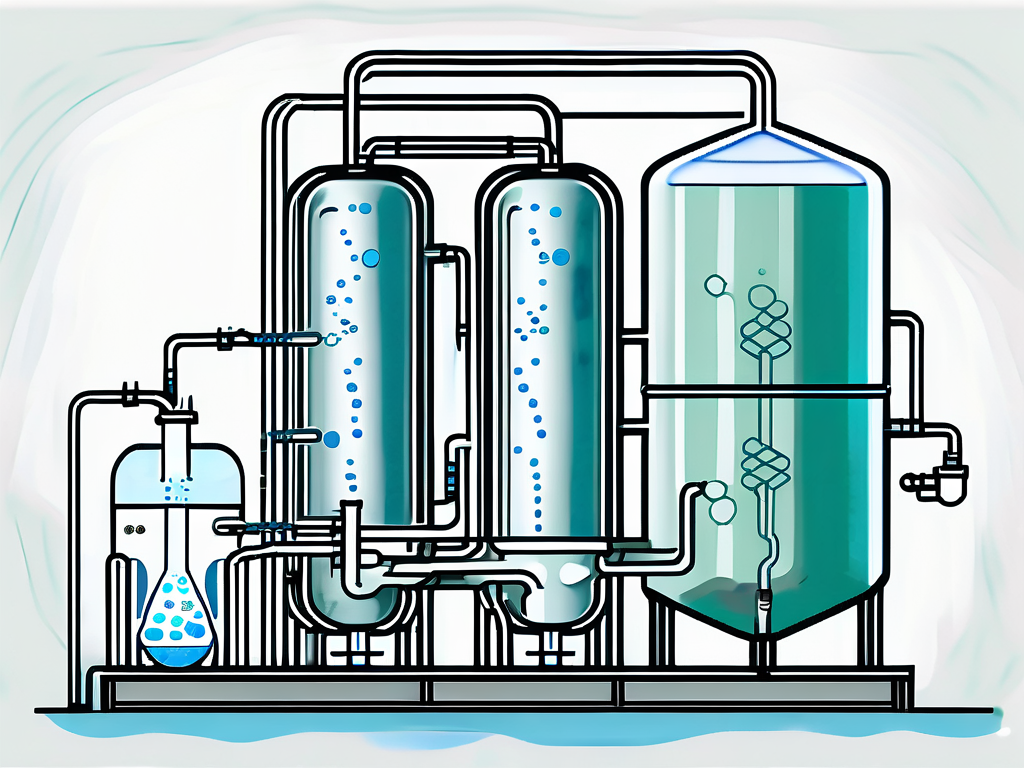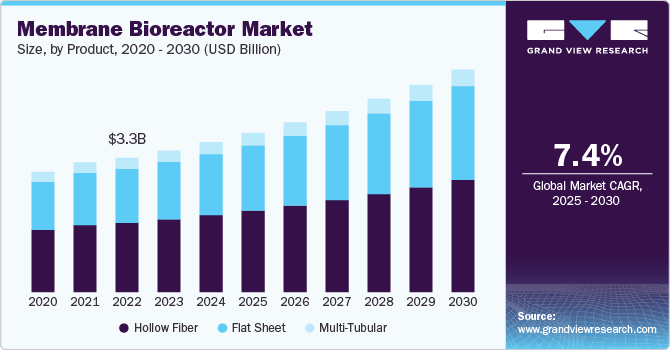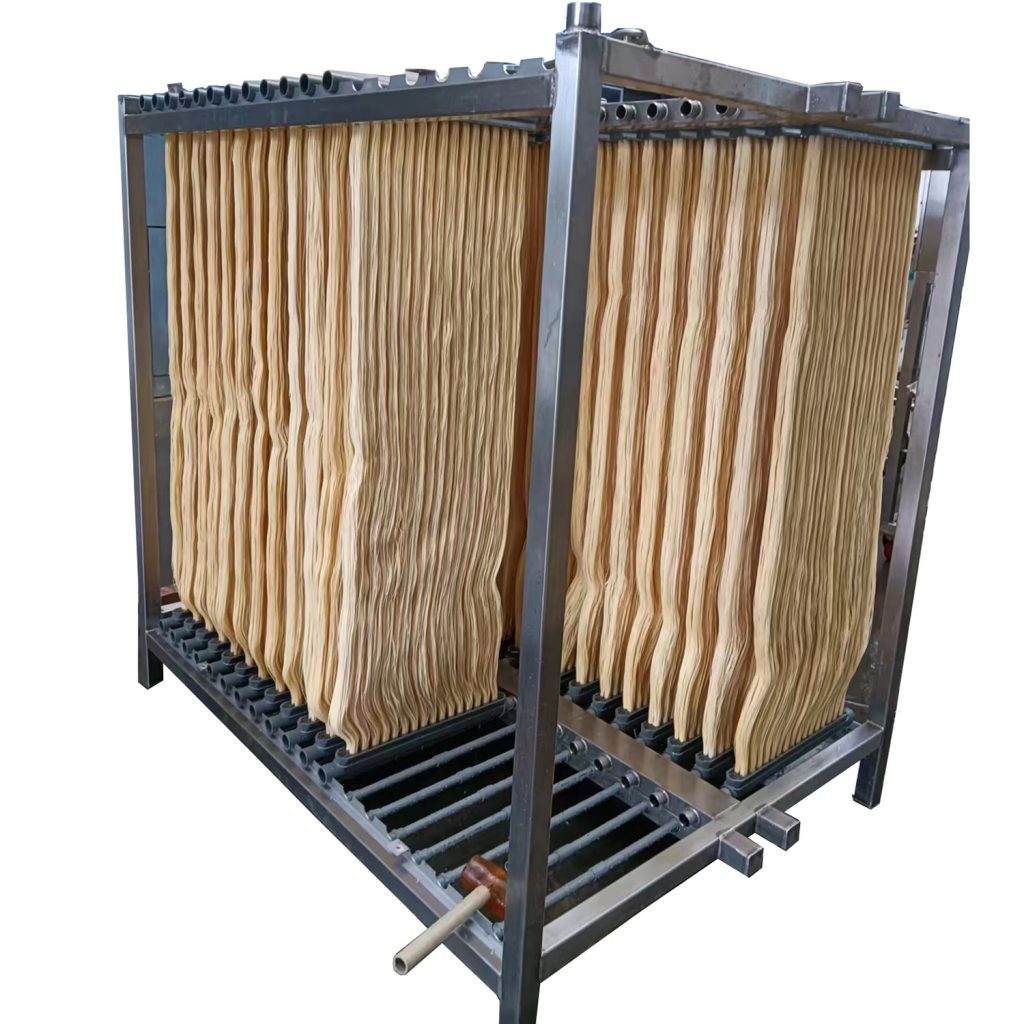Exactly How Membrane Layer Bioreactors Are Reinventing Water Filtration Solutions
The introduction of membrane bioreactors (MBRs) represents a substantial improvement in the area of water purification, combining biological therapy procedures with advanced membrane layer filtration technologies. This combination not only boosts the high quality of dealt with effluent but also addresses city space restrictions, making MBRs specifically suitable for densely inhabited areas. As worldwide water deficiency magnifies, the function of MBRs in facilitating potable water reuse and lasting water management ends up being significantly crucial. Yet, the ramifications of this modern technology extend past efficiency-- what opportunities and difficulties exist ahead for its widespread execution?
Summary of Membrane Bioreactors
Membrane bioreactors (MBRs) stand for a considerable improvement in water purification technology, as they combine organic therapy processes with membrane filtration. This integration boosts the effectiveness of wastewater treatment by making use of bacteria to break down organic pollutants while simultaneously using semi-permeable membranes to different cured water from put on hold solids and pathogens.
The MBR system normally includes an organic reactor where the microbial populace metabolizes contaminants, adhered to by a membrane filtration system that retains biomass and enables only tidy water to pass through. This double functionality causes higher effluent quality contrasted to conventional therapy methods. MBRs can be run in both batch and continuous flow settings, providing adaptability in design and application.
They likewise allow the recuperation of water for reuse, therefore adding to water sustainability campaigns. In general, MBRs are at the leading edge of enhancing water therapy efficiency and high quality, showcasing the possibility for cutting-edge remedies in ecological management.
Advantages of MBR Modern Technology
The assimilation of organic therapy with membrane layer purification offers countless advantages for water purification procedures. Among the key advantages of Membrane layer Bioreactor (MBR) technology is its capability to properly get rid of both inorganic and organic impurities, bring about premium effluent. The membranes serve as a physical barrier, avoiding suspended solids and virus from travelling through, which boosts the general security and reliability of treated water.
Additionally, MBR systems need a smaller footprint contrasted to standard treatment methods, permitting for extra effective area utilization. This portable style is especially useful in metropolitan settings where land is restricted. MBRs additionally demonstrate functional versatility, fitting varying influent qualities and flow rates without considerable efficiency degradation.
Additionally, the procedure uses enhanced nutrient elimination capabilities, particularly for nitrogen and phosphorus, which are critical for protecting against eutrophication in getting waters. The reduced sludge manufacturing connected with MBR technology additionally equates to lower disposal expenses, making it an affordable option in the future - Membrane Bioreactor. On the whole, the advantages of MBR modern technology position it as a leading selection for sustainable and cutting-edge water purification systems, attending to both environmental and economic problems
Applications in Water Purification
Applications of Membrane Layer Bioreactor (MBR) innovation in water filtration are diverse and impactful, resolving various treatment requires across several fields. MBRs efficiently integrate organic treatment procedures with membrane layer filtration, making them suitable for municipal wastewater treatment, industrial effluent monitoring, and even drinkable water reuse campaigns.
In metropolitan setups, MBRs are significantly utilized to boost the top quality of dealt with wastewater, enabling conformity with rigorous discharge regulations and helping with the recycling of water for irrigation and non-potable uses. Their small style also makes them suitable for urban atmospheres where area is limited.
Industrially, MBR modern technology is made use of to deal with procedure water and wastewater, especially in markets such as food and drink, pharmaceuticals, and textiles. By efficiently removing find out here contaminants and put on hold solids, MBRs help industries minimize ecological effects while recuperating important resources from wastewater streams.
Moreover, MBRs click to read more are acquiring traction in decentralized water therapy applications, where small-scale systems can be deployed in remote locations or creating regions. This versatility allows communities to achieve lasting water administration solutions, boosting accessibility to tidy water while decreasing reliance on typical treatment methods.
Study and Success Stories

In another example, a fabric production center in Bangladesh adopted MBR modern technology to address its wastewater obstacles. The system decreased chemical oxygen need (COD) levels from 1,200 mg/L to less than 100 mg/L, thus satisfying governing requirements and significantly lessening environmental effect.
The University of Cape Town's MBR installation has actually proven efficient in dealing with greywater for non-potable reuse on campus. This project not just conserves drinkable water yet also serves as an instructional model for lasting methods.
In addition, a seafood processing plant in Norway made use of MBR technology to treat effluents consisting of high levels of natural issue, achieving over 90% contaminant elimination. These case studies highlight MBR modern technology's versatility and its essential role in improving water high Go Here quality throughout varied applications.
Future of Water Therapy Solutions
As global water shortage and air pollution obstacles magnify, ingenious water treatment options are coming to be progressively crucial to ensure sustainable access to clean water. The future of water treatment lies in the integration of sophisticated modern technologies that enhance the efficiency and effectiveness of purification processes. Membrane layer bioreactors (MBRs) go to the center of this evolution, integrating biological treatment with membrane filtration to produce top quality effluent suitable for numerous applications.

Emerging fads such as source healing from wastewater, including nutrients and energy, will certainly additionally transform treatment centers right into environmentally friendly hubs. Furthermore, developments in nanotechnology and membrane layer products guarantee improved efficiency and longevity of purification systems.

Conclusion
To conclude, membrane bioreactors stand for a considerable advancement in water filtration technologies, properly incorporating organic therapy with sophisticated membrane layer filtering. The countless advantages, consisting of improved effluent top quality and decreased spatial requirements, make MBRs especially ideal for urban applications. Their duty in potable water reuse and sustainable water monitoring highlights their significance in resolving worldwide water deficiency challenges. Continued study and development will better enhance the effectiveness and fostering of MBR technology, ensuring a resilient future for water treatment solutions.
The introduction of membrane layer bioreactors (MBRs) stands for a substantial advancement in the field of water purification, merging organic therapy procedures with innovative membrane layer purification innovations. As international water deficiency intensifies, the function of MBRs in assisting in drinkable water reuse and lasting water administration ends up being progressively vital. They likewise allow the healing of water for reuse, thus contributing to water sustainability initiatives.As global water scarcity and air pollution obstacles escalate, cutting-edge water treatment services are becoming progressively essential to ensure lasting accessibility to clean water. Their role in safe and clean water reuse and lasting water administration highlights their importance in attending to worldwide water scarcity obstacles.